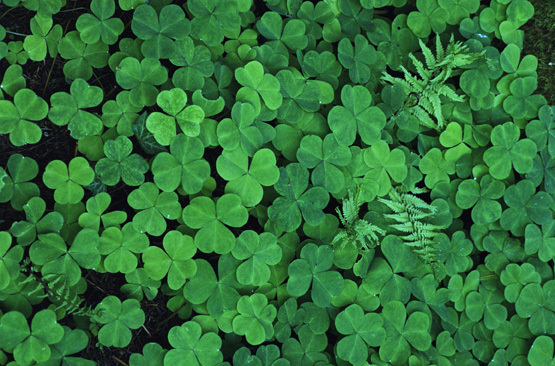Clover species like red clover and white clover are rich nitrogen-fixers, helping to enhance soil fertility by capturing atmospheric nitrogen and making it available to other plants. Additionally, clover provides excellent forage for livestock, contributing to sustainable and nutritious animal diets. Its ability to suppress weeds and prevent soil erosion makes it a valuable component of crop rotations and conservation farming practices.
AHDB Guidance on establishing clover



